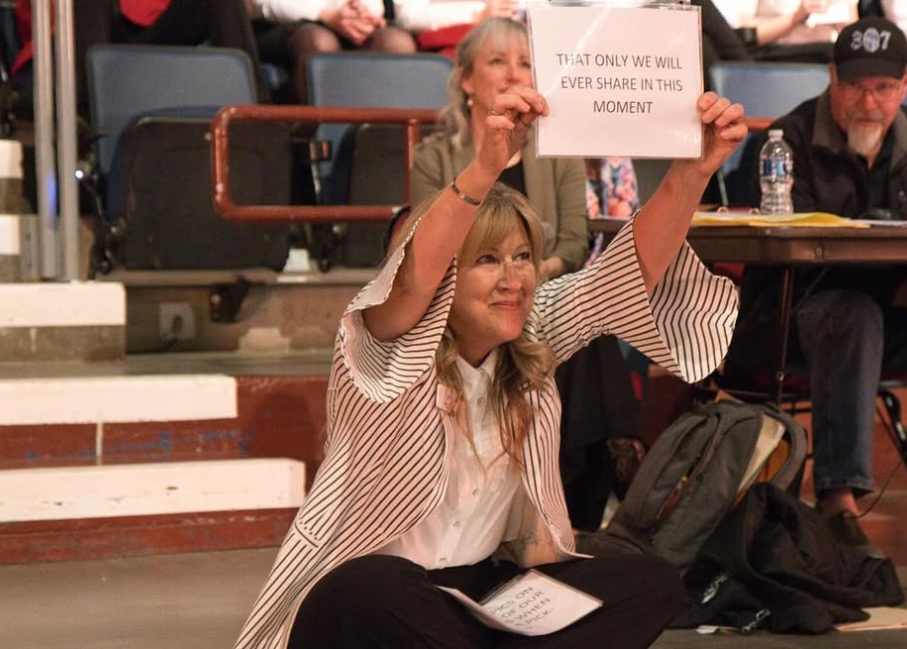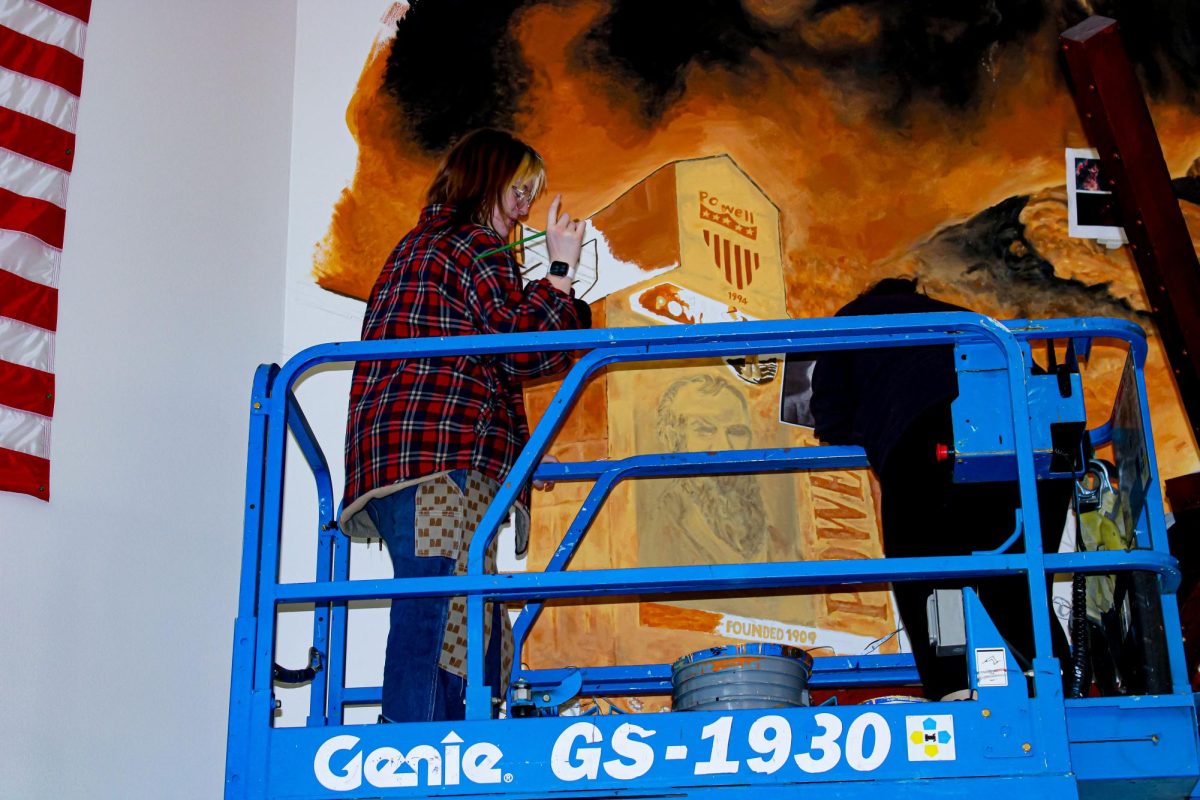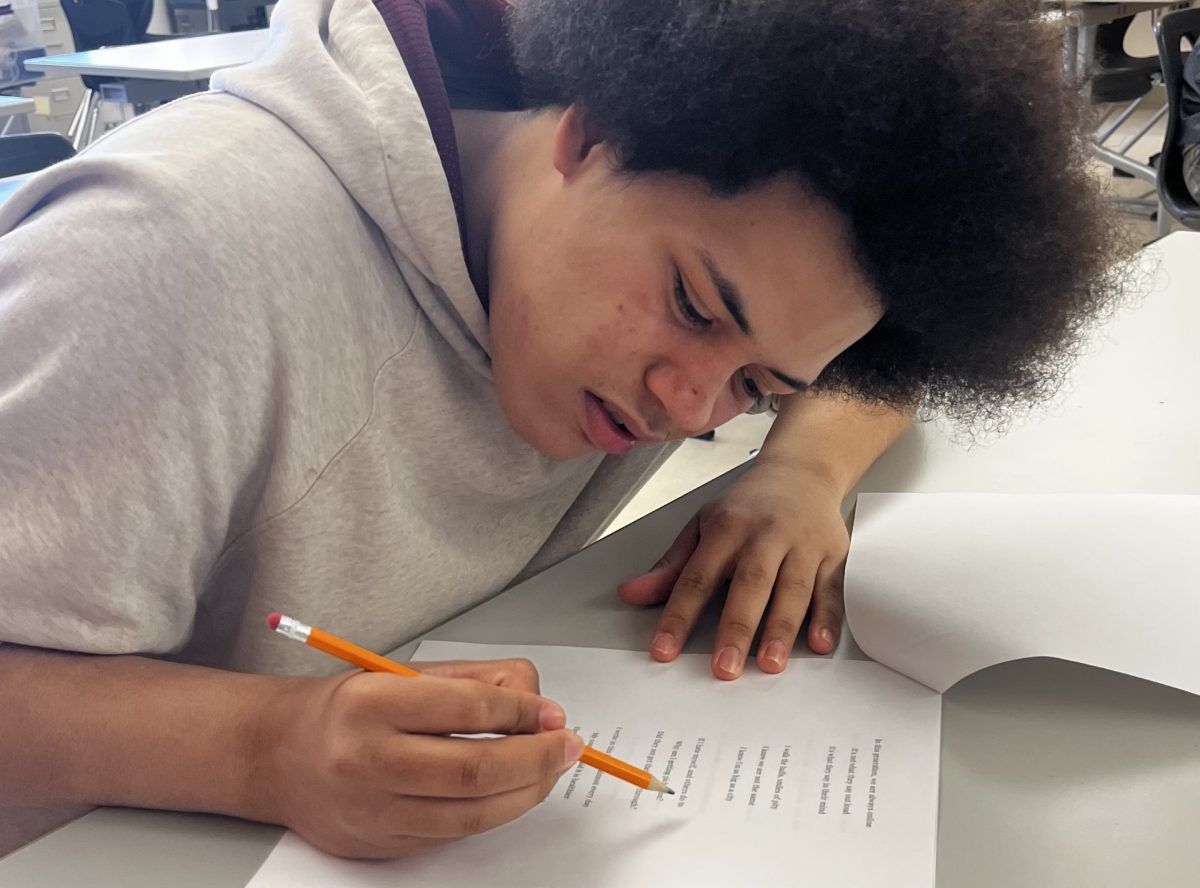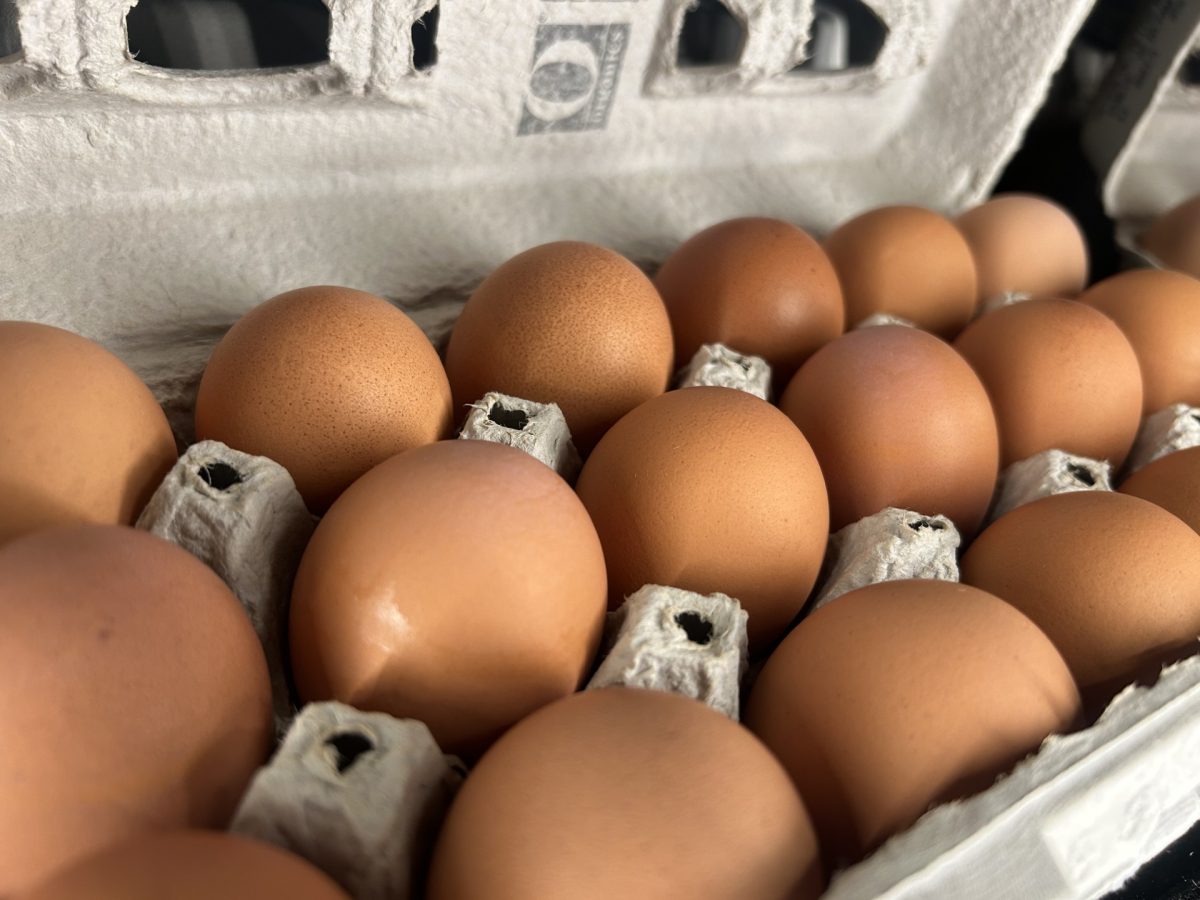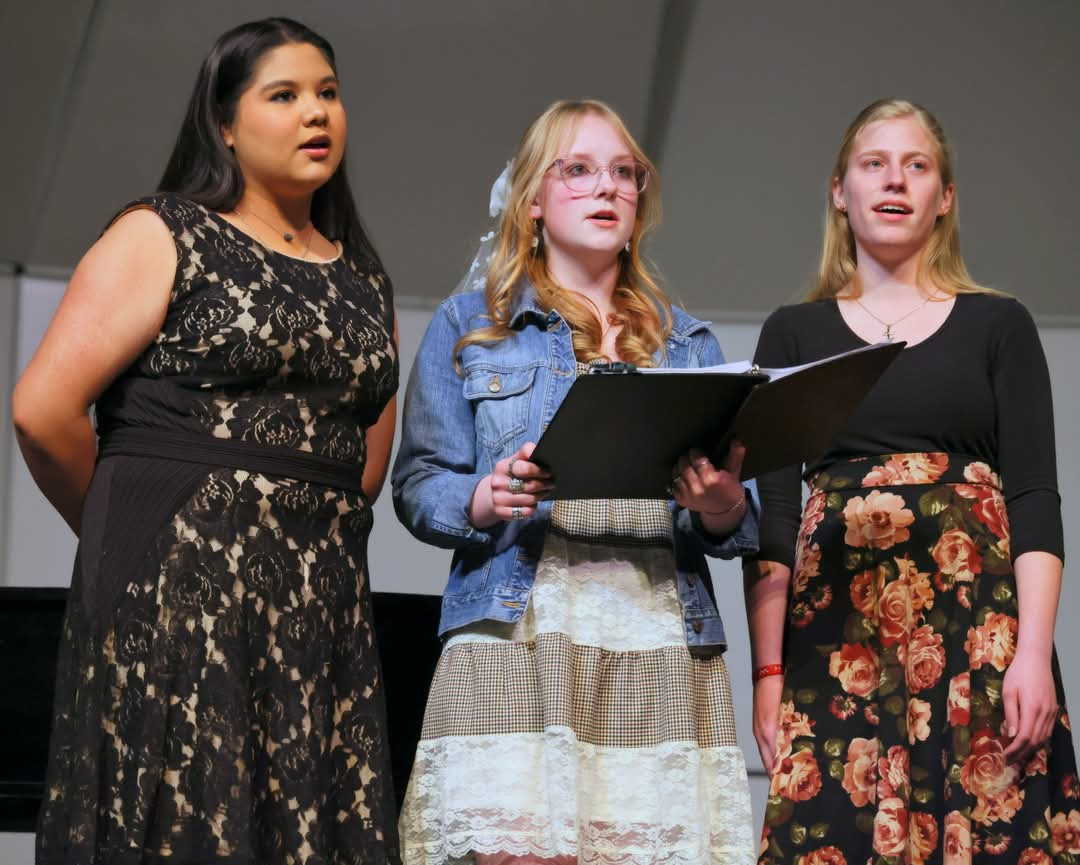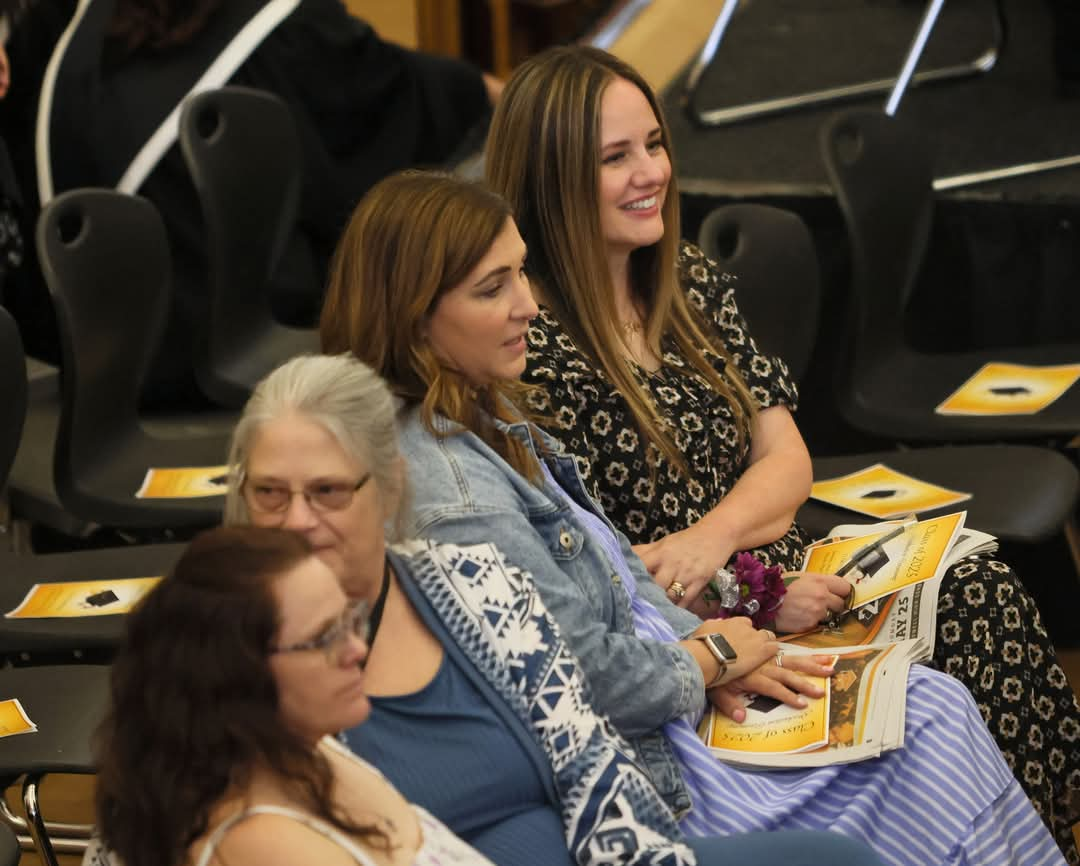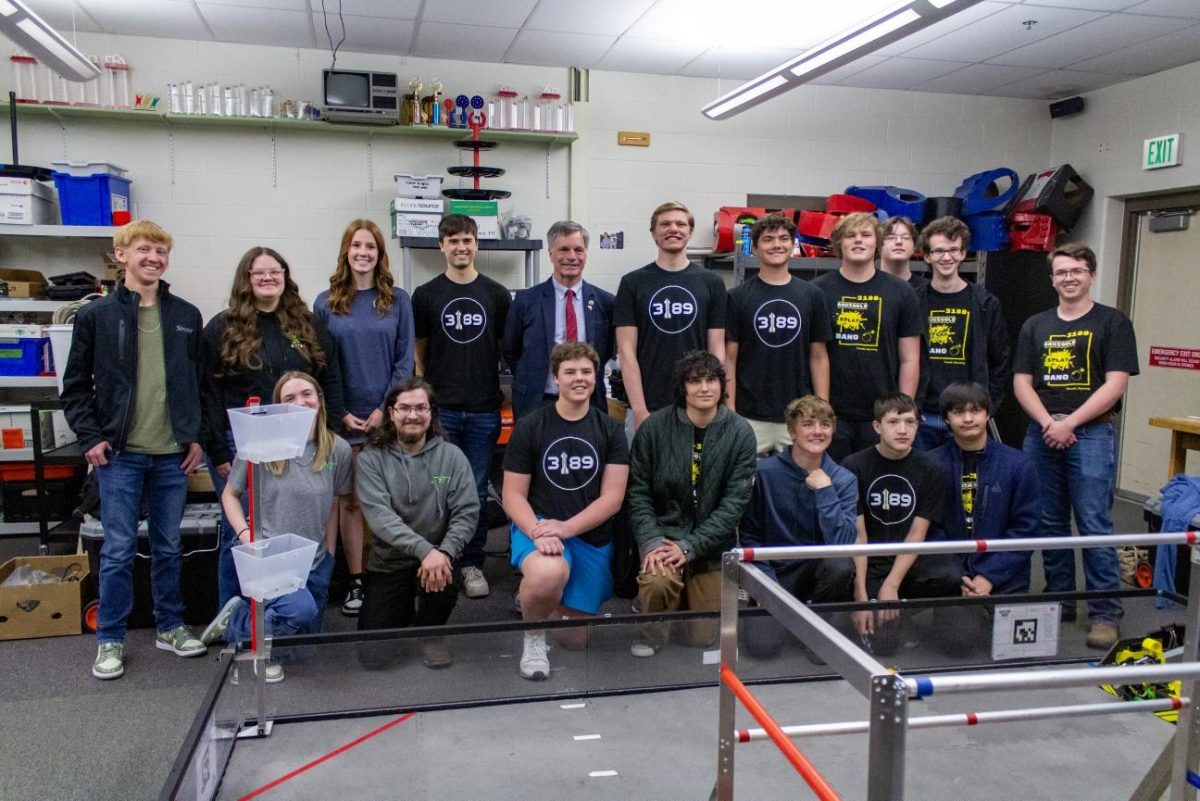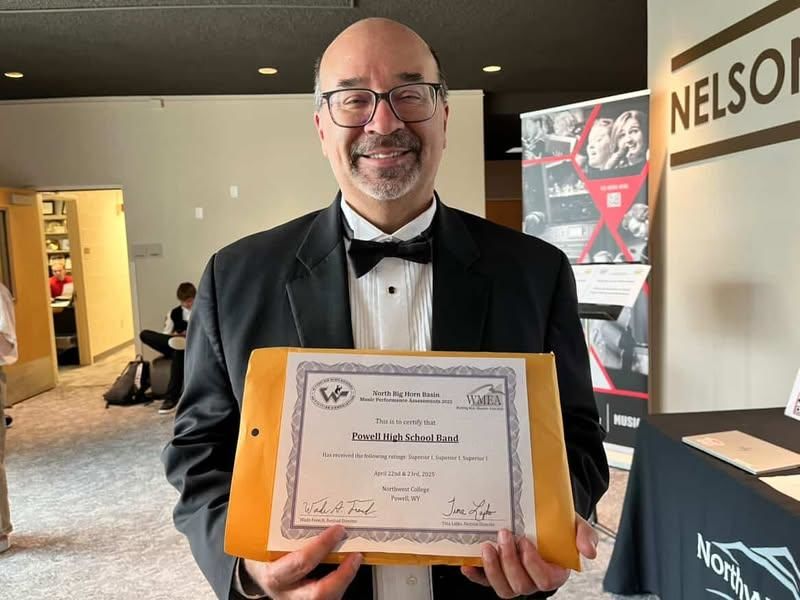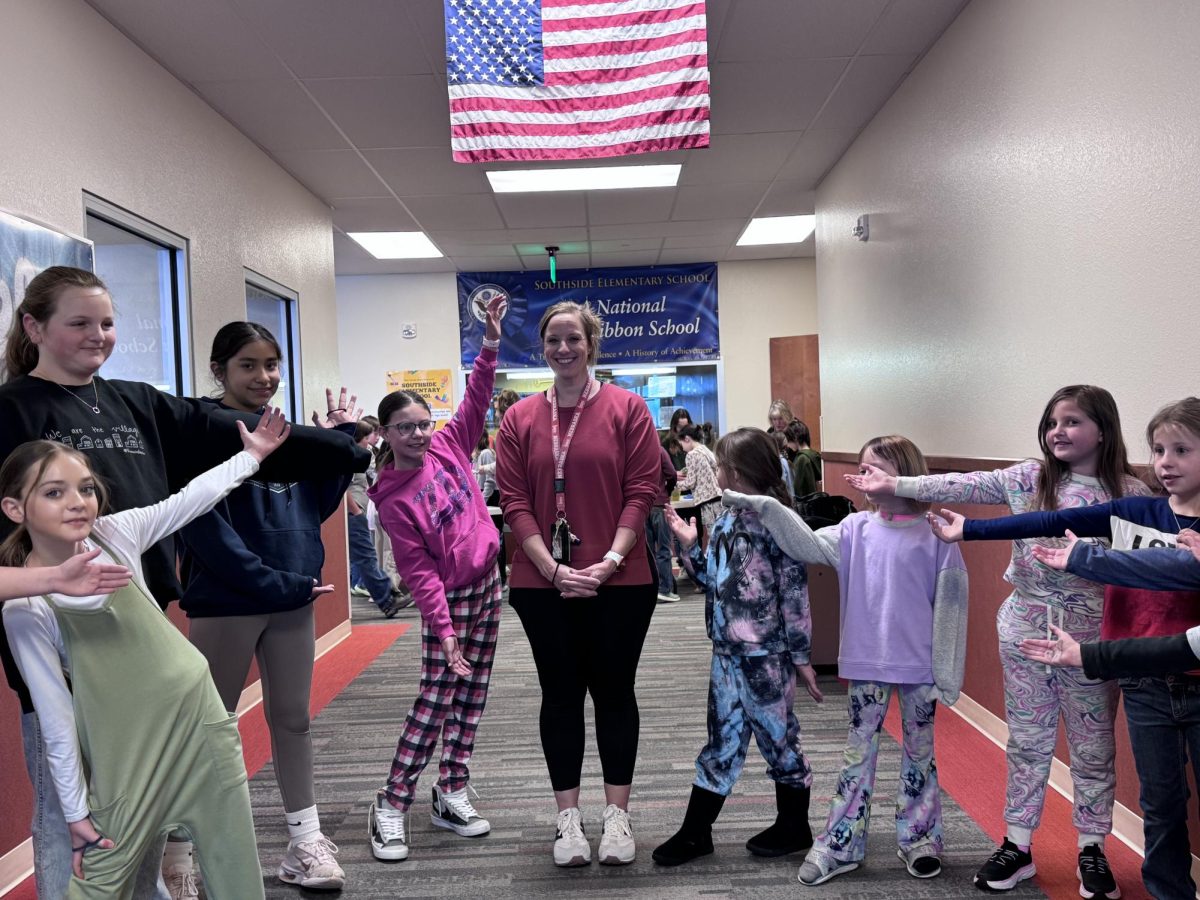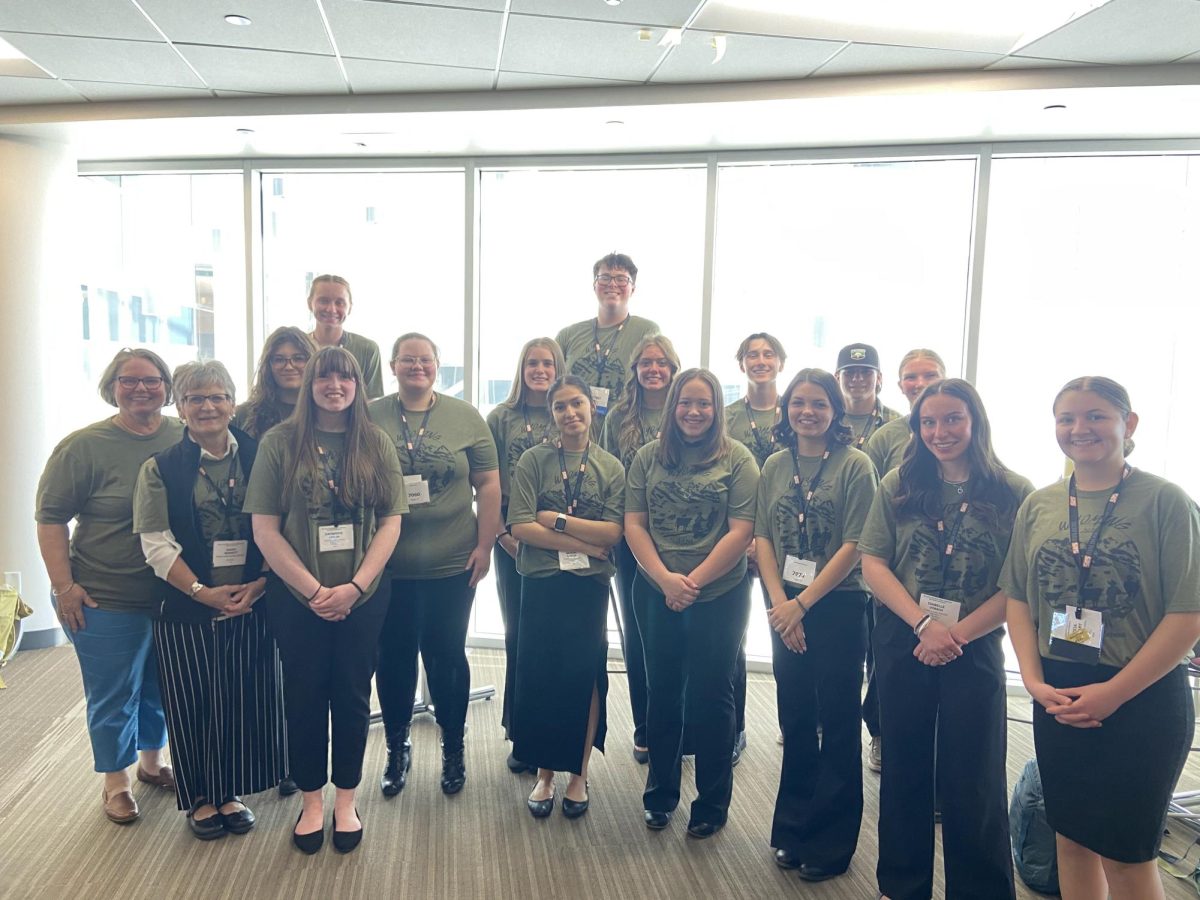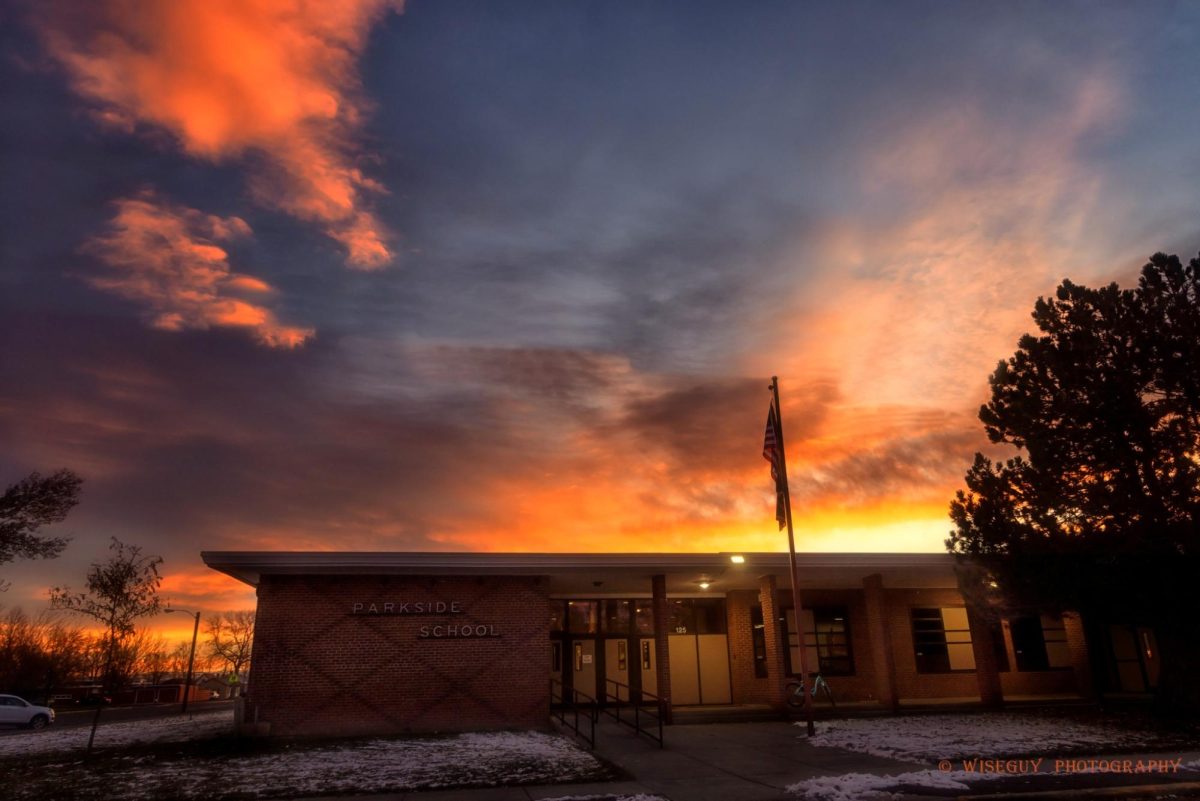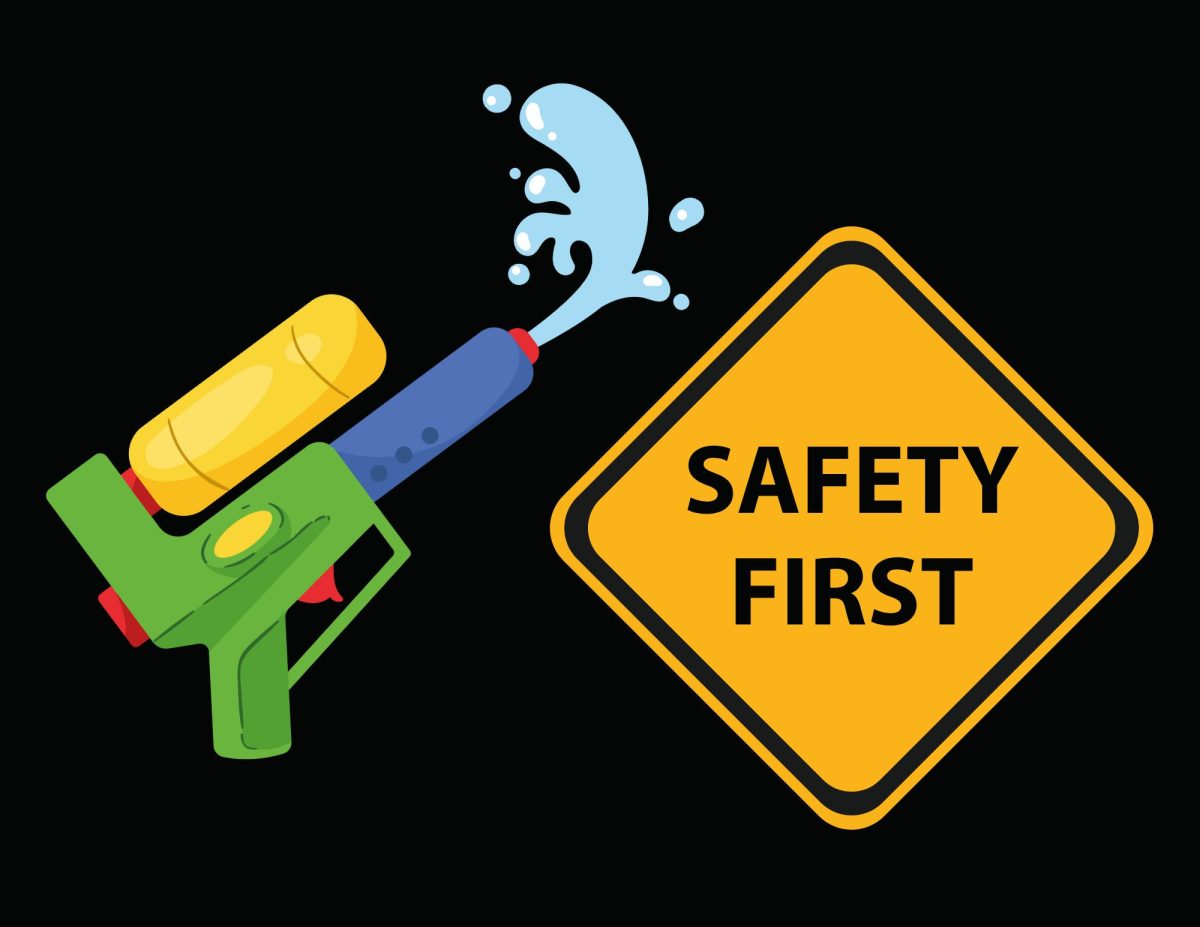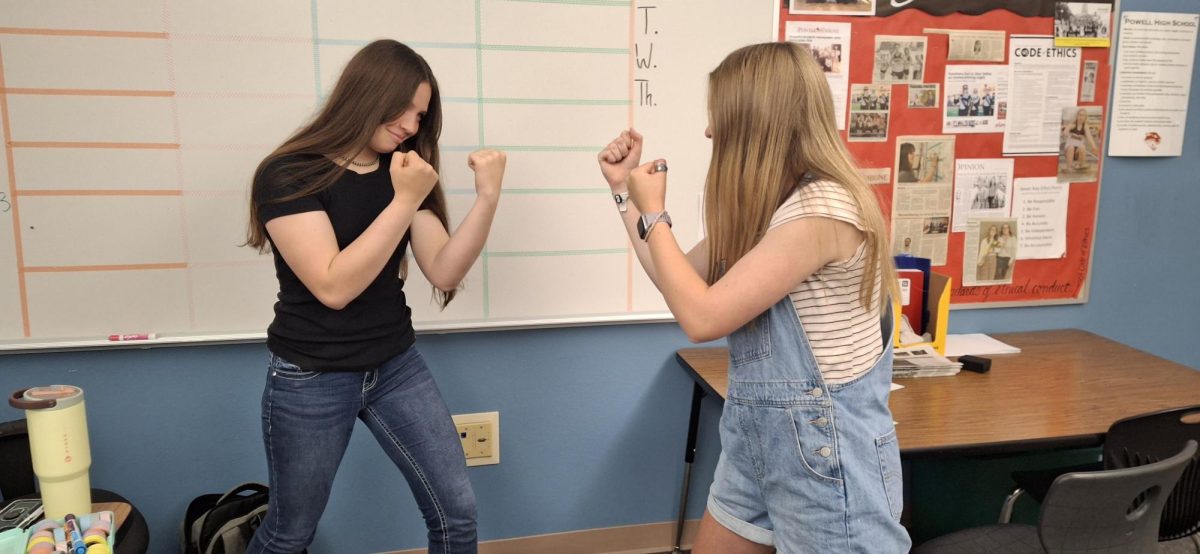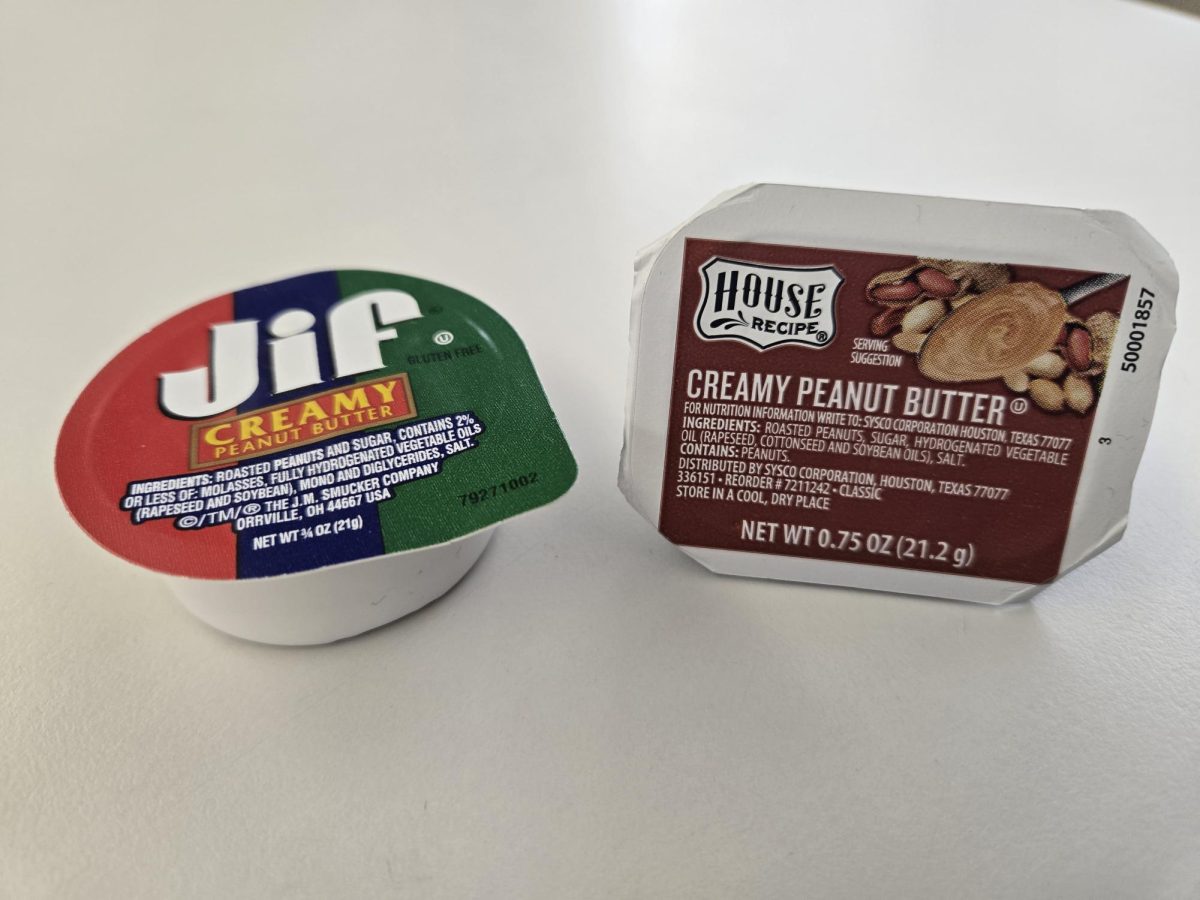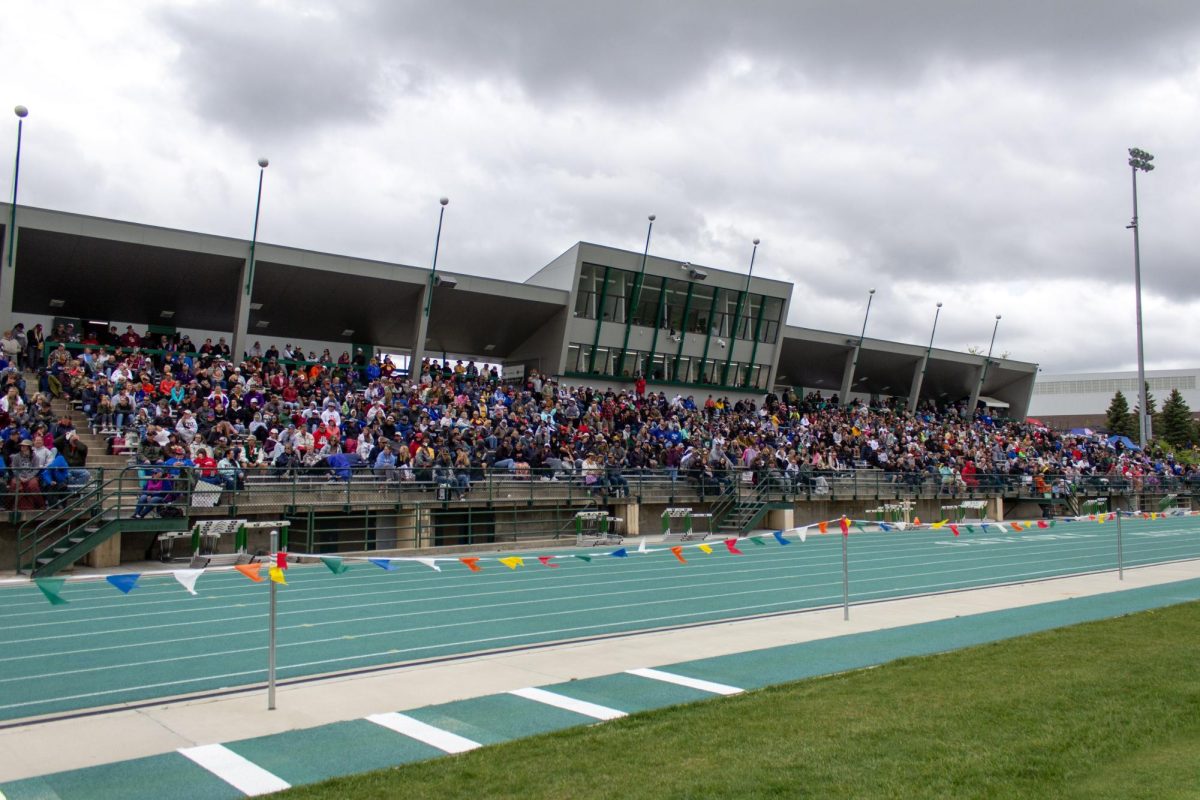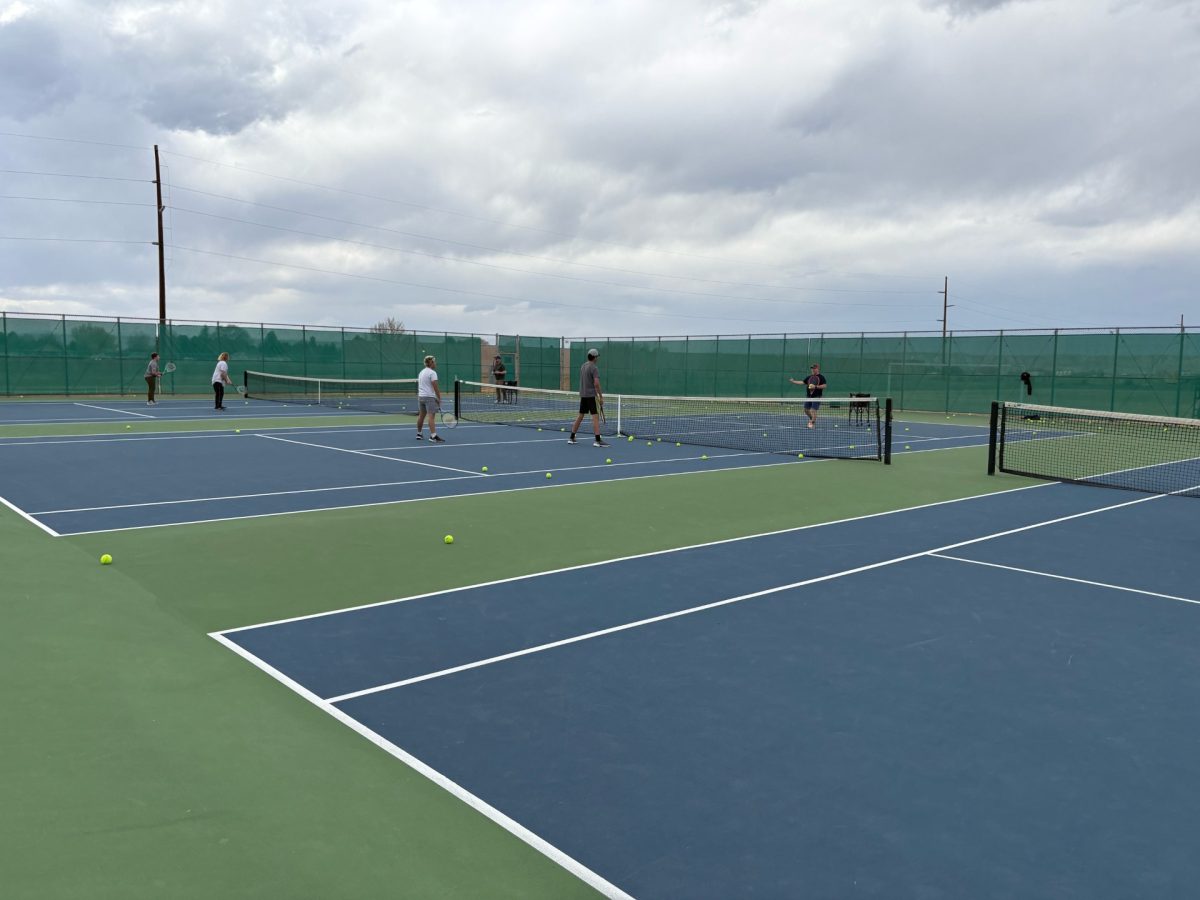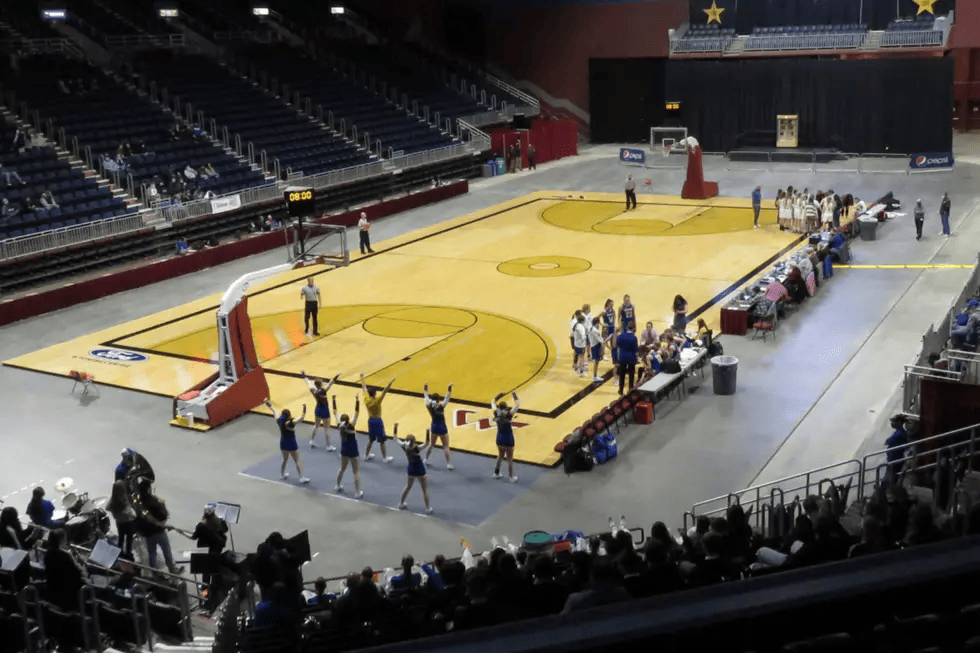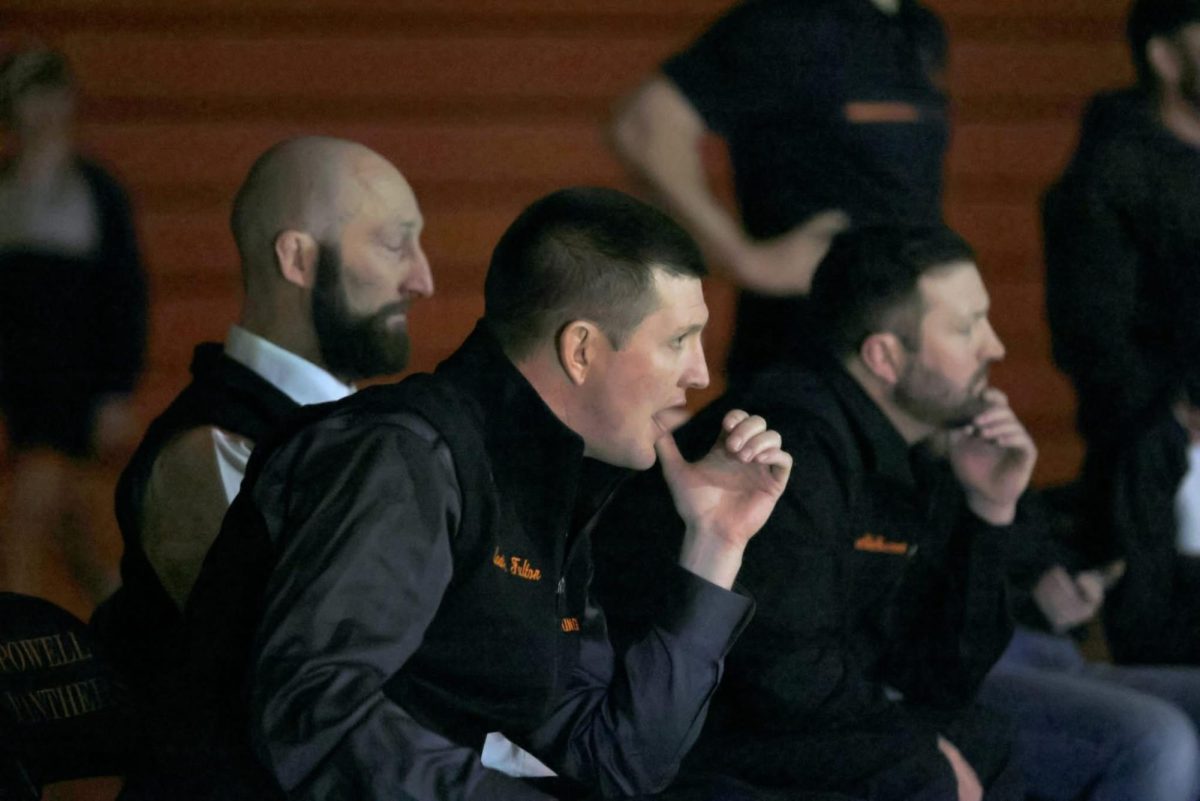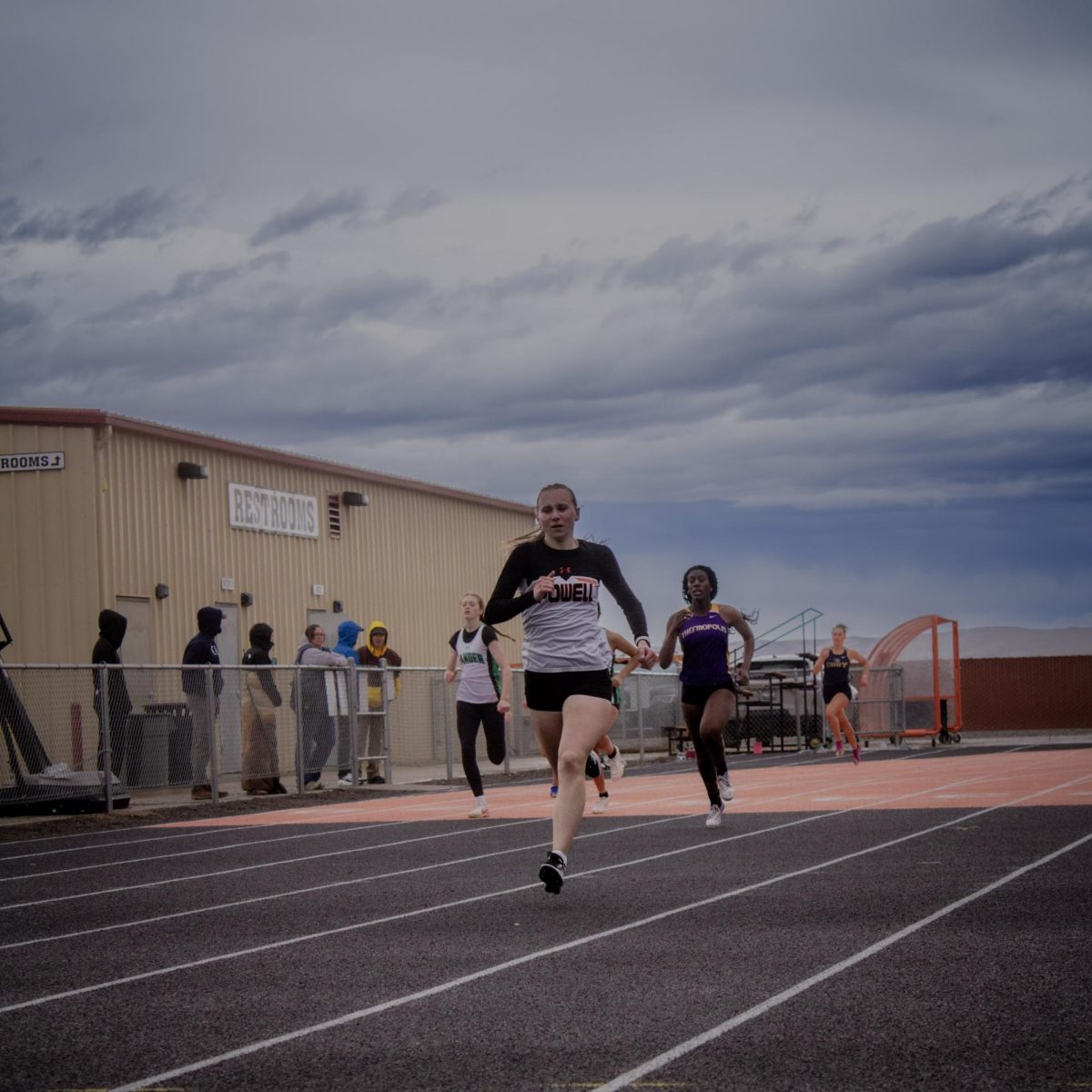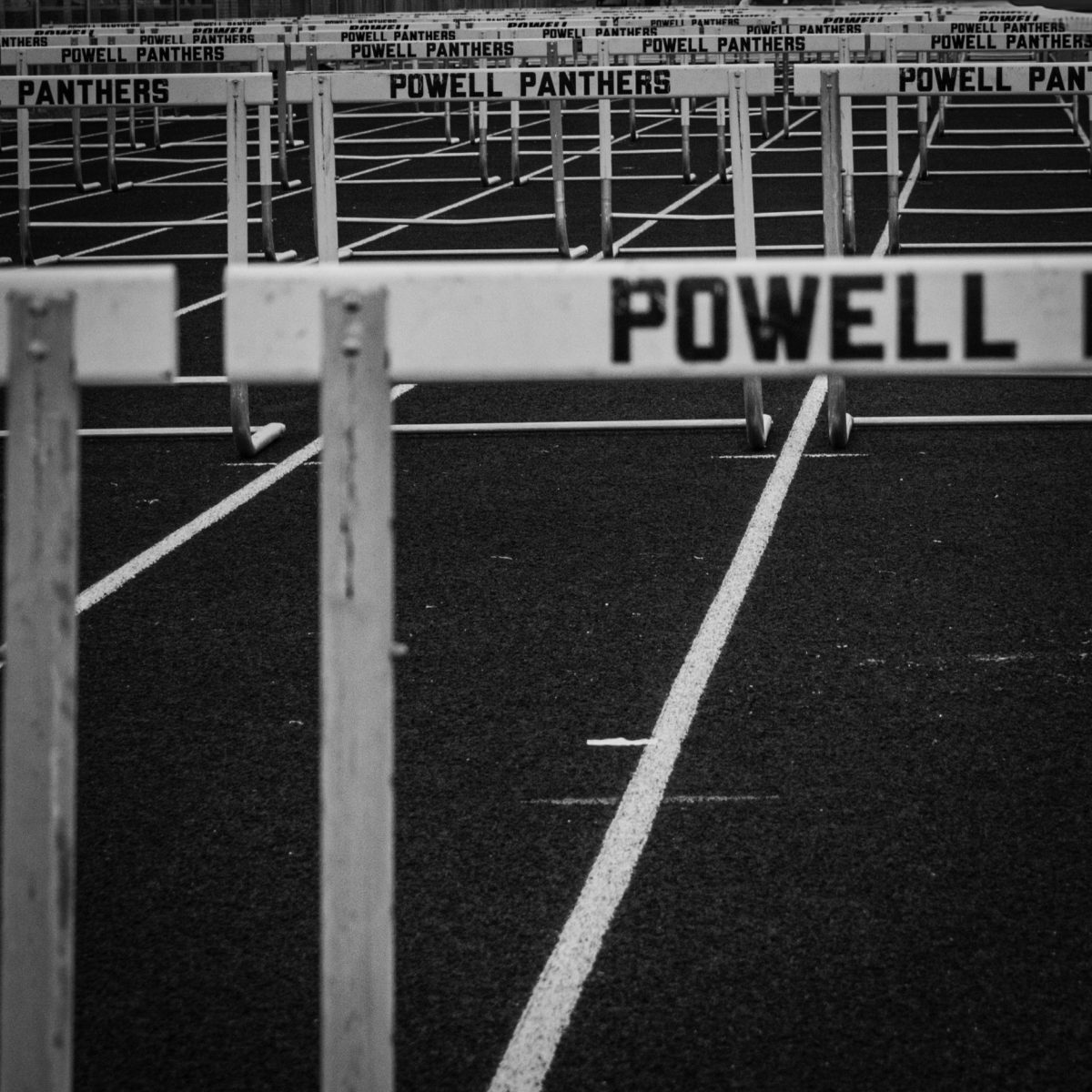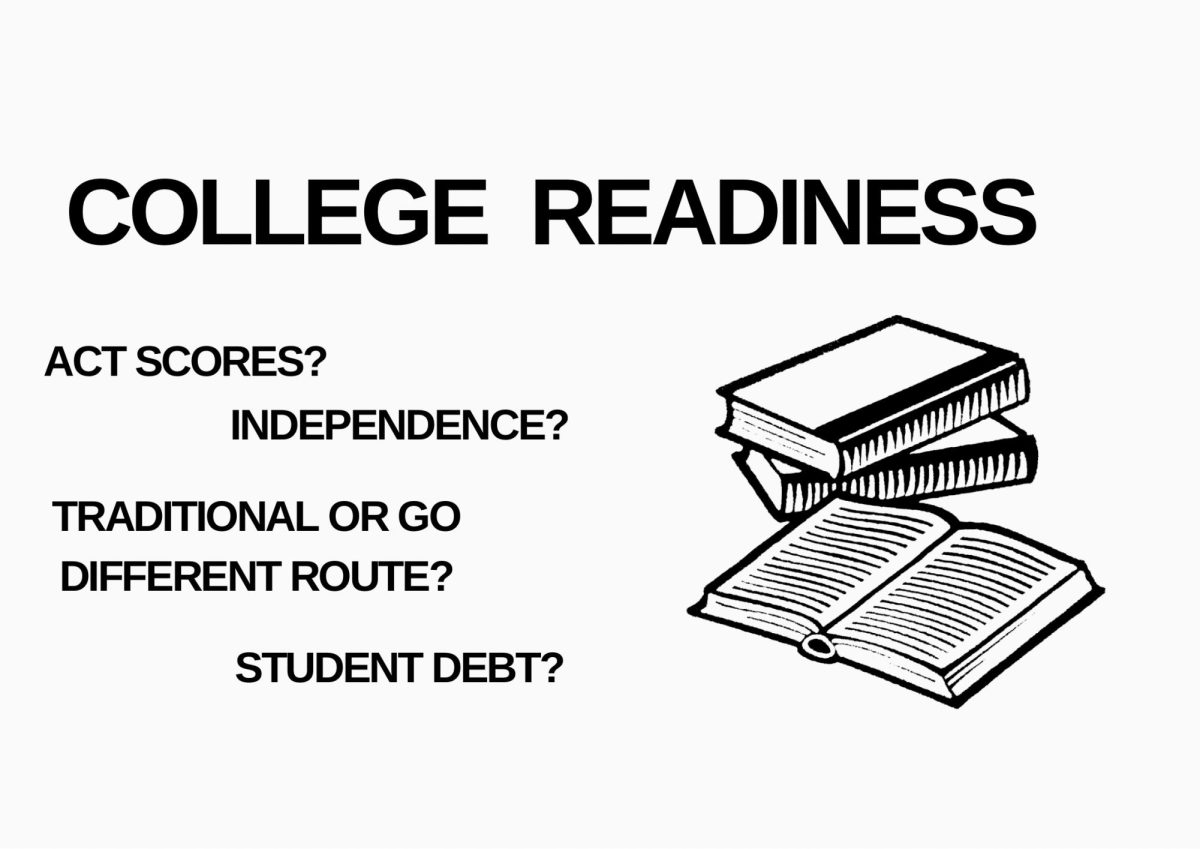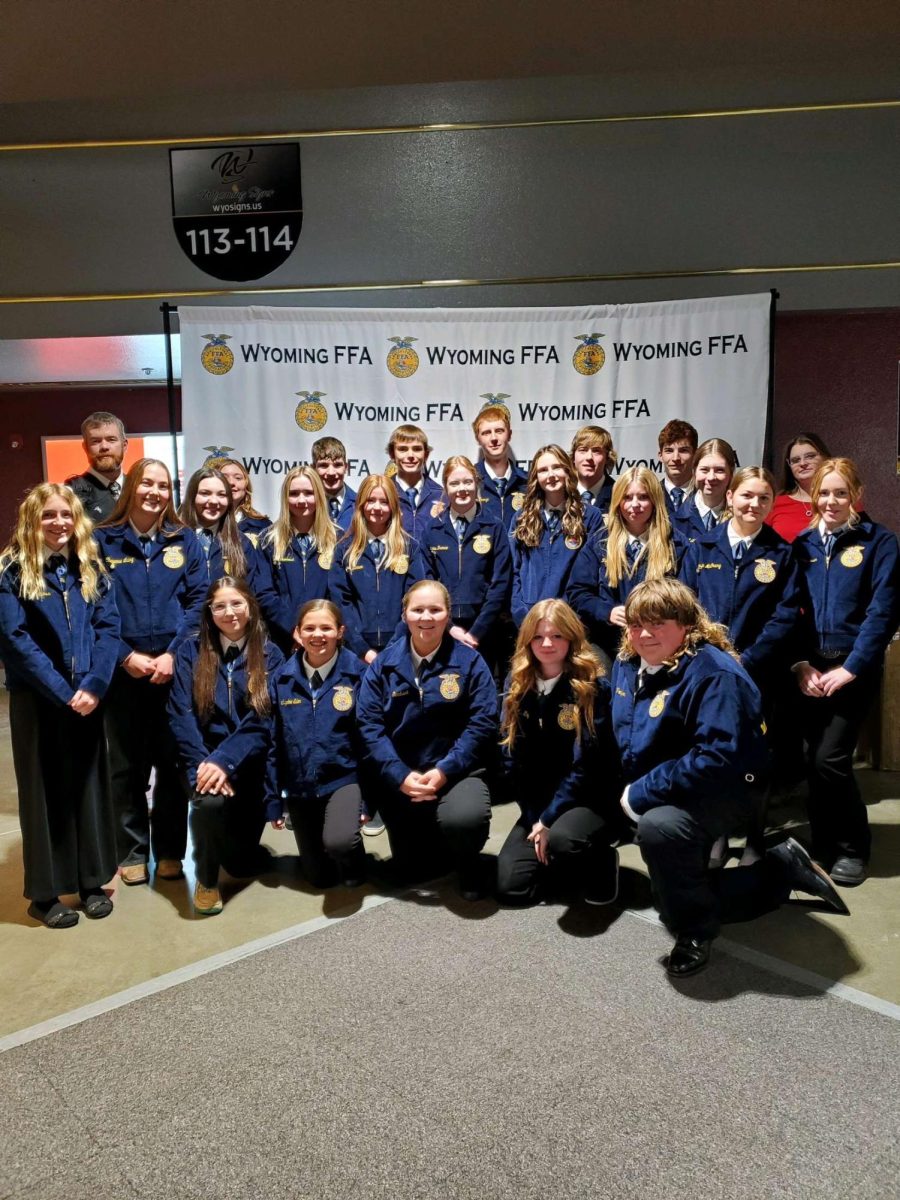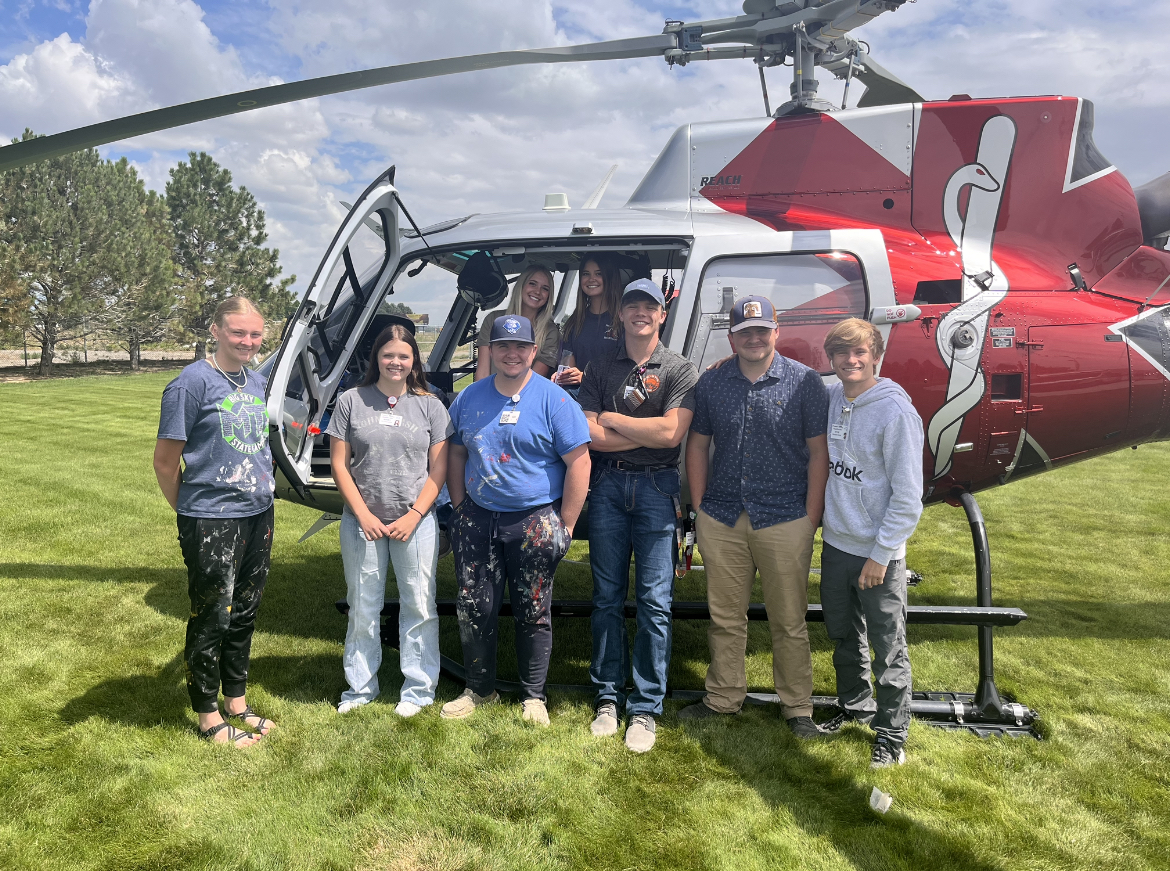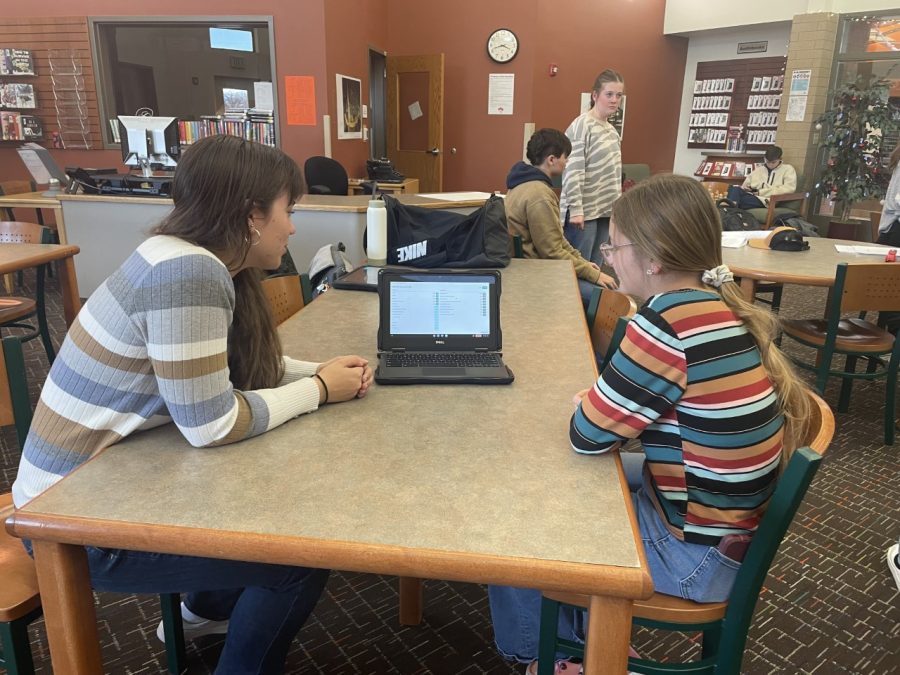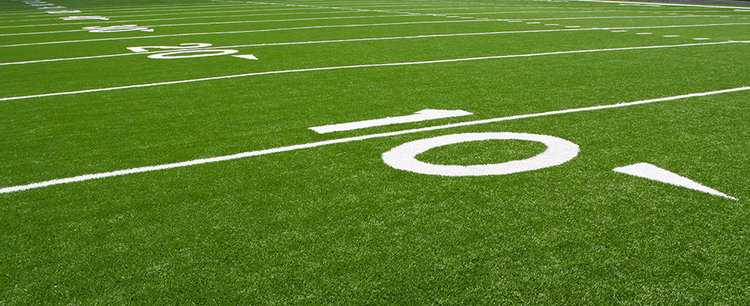TURF VS GRASS
Athletes share their thoughts on the two types of fields
Powell High School has both artificial turf and real grass for the athletic teams to play on, but which one is better?
The first artificial grass was introduced in 1967; although this is a much different version of the turf athletes are accustomed to today, it paved the way for all turf fields. PHS built its turf field in 2011 and has played almost every sporting event on it since then.
“I like playing on the turf a lot more than the grass fields,” sophomore Chance Franks said. “The [grass] fields behind the turf are just not the best for getting a real read of how the ball reacts.”
Behind the turf field are the grass practice fields that haven’t been the healthiest this season. With the lack of water due to the weather, the grass has practically turned into hay. In some spots, the field is just dirt.
Athletes during the season have started to experience shin splints; this could be due to the hard dirt surface they are playing on.
“Our players have never had shin splints before,” assistant soccer coach and math teacher Russ Schwahn said. “We think that it could be due to the thinness of the grass and playing on what is practically dirt.”
Even with the grass fields in subpar condition, there have been links to more non-contact injuries on artificial surfaces.
According to an article by the NFLPA, “Specifically, players have a 28% higher rate of non-contact lower extremity injuries when playing on artificial turf, of those non-contact injuries, players have a 32% higher rate of non-contact knee injuries on turf and a staggering 69% higher rate of non-contact foot/ankle injuries on turf compared to grass.”
Despite the added danger of injury, the artificial turf can provide a consistent play off the ball every time. This can provide a way for the players to be able to know how it will play without thinking about divots and abnormalities.
“When playing on the turf I know what the ball is going to do every time,” sophomore Aubree Fisher said. “On the grass, there is always the thought of what the surface is like in the back of my mind, this makes it hard to concentrate on what the game plan is.”
WIth benefits and faults of both types of fields, the decision is totally up to personal preference. These differences add an extra element to the game. However, neither grass nor turf will completely take over anytime soon.



